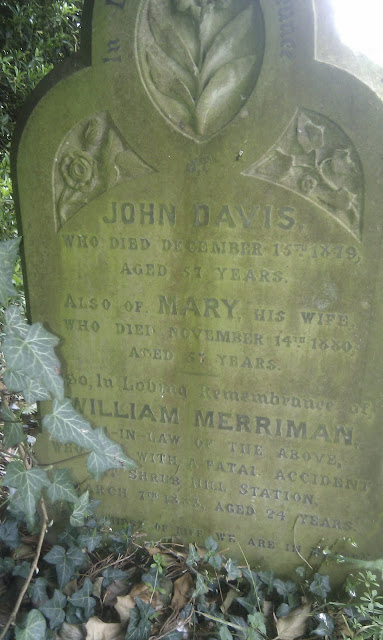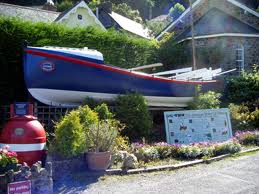Tucked away in the Churchyard at
St John Baptist Church, Claines, Worcester is a memorial cross to T C King.
Thomas Charles King was born on 24
April 1818 in Twyning and died in October 1893 in Kings Heath but was buried in
Claines, this is his story...
It was
thought that as a young man Tom King had contact with some amateur actors and
in 1840 his illustrious career began when he joined the company of Alexander Lee
(who later became the manager of Drury Lane), and he then worked in Cheltenham,
Worcester, Warwick and Leamington.
His career
built up, as in 1843 he was on stage in Birmingham, in 1847 in York, in 1848
Edinburgh, then in 1850 he was in London.
In the 1850’s he played a part in As
you like it and performed in front of Queen Victoria and Prince Albert, at
Windsor Castle.
Tom was a
family man – he had married Eliza who came from Somerset and they had three
children Harry born in 1850, but who sadly died at the age of 20, Kathleen
Olive known as Katty, who was born in 1851 and Elizabeth, known as Bessie born
in 1856. Tom even changed his second
name from Charles to Chiswell, his wife’s maiden name. His own life though was
not without tragedy – his wife died in January 1878, aged only 55 and his
daughter Katty died in 1891, aged just 40.
Tom had performed on stage with Bessie and Katty – but it was Katty who
married the well known Musical Hall artist Arthur Lloyd and her career too was
as a very famous Music Hall artiste.
In 1896 T C
King was starring on stage with his daughter Bessie at Drury Lane and in the
1870s played great Shakespearean roles such as Hamlet, Othello and Iago and
also the role of Quasimodo; performing in London, New York and Canada.
Meanwhile in
Worcester in November 1877, tragedy struck there too, when the Theatre Royal
caught fire, as reported in the Berrow’s Journal:
"Shortly before half-past 7
o'clock on November 23, the fire had raged so furiously in its destructive work
that it had caused the roof to fall in with a tremendous crash, which was
followed by immense clouds of sparks rising into the air, and with awful
grandeur illuminating the heavens."
The owners
were determined to rebuild it as quickly as possible and in October 1878 it
reopened. Perhaps after his wife’s death
in January 1878 Tom King was looking for a new direction, but certainly he took
over as lessee (lease holder) and manager for a couple of years. Sadly though it was not really
profitable! During this time he lived at
Firland Lodge, Fernhill Heath.
He then went
back to touring, and even played in Manchester in 1890, before retiring to
Kings Heath. His daughter Katty had died
in 1891 and he died on 28 October 1893, having been looked after by his
daughter Bessie. Tom King had been an
amazing tragedian and Shakespearian actor.
It seems
very apt that a man, who was also a great ornithologist and had a great love of
flowers, should have been buried at Claines.
We are also thrilled that the Music Hall Guild of Great Britain
and America have contacted us recently and hope to visit Claines soon, with a
view to restoring Tom King’s memorial.
To read more about Tom King - http://www.arthurlloyd.co.uk/Ancestry/TCKing.htm
Rachel Cramp


















